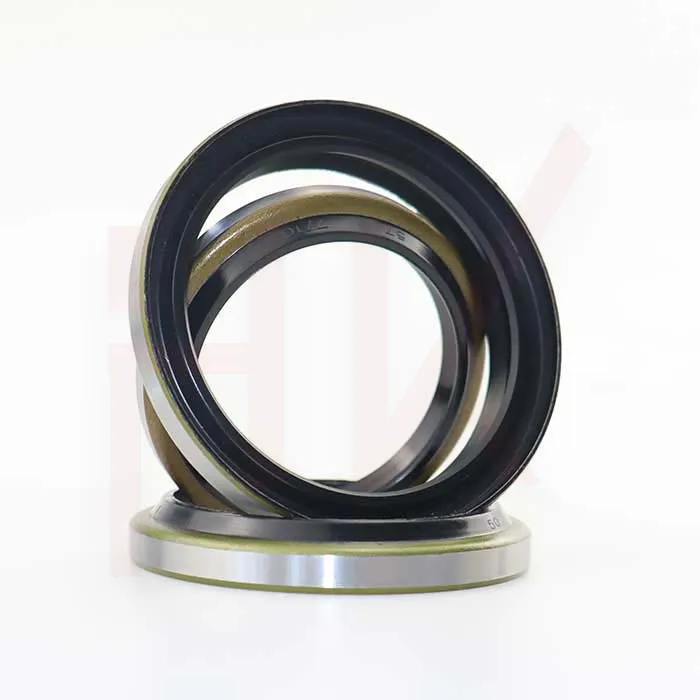Dec . 06, 2024 19:07 Back to list
hydraulic cylinder wipers
Understanding Hydraulic Cylinder Wipers Importance, Types, and Maintenance
Hydraulic cylinders are pivotal components in various industrial applications, including construction machinery, manufacturing equipment, and agricultural machinery. However, like any mechanical part, they are susceptible to wear and tear over time. One of the key components that ensure the longevity and efficiency of hydraulic cylinders is the hydraulic cylinder wiper. This article will delve into the importance of hydraulic cylinder wipers, the different types available, and best practices for their maintenance.
Importance of Hydraulic Cylinder Wipers
Hydraulic cylinder wipers, also known as rod seals or scrapers, serve a crucial function in protecting the hydraulic system. Their primary role is to wipe away contaminants such as dirt, dust, and moisture from the rod surface as it retracts into the cylinder. If left unchecked, these contaminants can lead to a host of problems, including
1. Increased Wear Any foreign material that enters the hydraulic cylinder can increase friction and cause premature wear, ultimately leading to cylinder failure. 2. Reduced Efficiency Contaminants can obstruct the smooth movement of the cylinder, resulting in diminished performance and efficiency. 3. System Leakage Over time, the presence of contaminants can damage seals within the hydraulic system, potentially leading to fluid leaks, which can be costly and environmentally harmful.
By effectively sweeping away debris, hydraulic cylinder wipers play an essential role in extending the life of the equipment and ensuring optimal performance.
Types of Hydraulic Cylinder Wipers
Hydraulic cylinder wipers come in various designs and materials, each suited to specific applications and environments. Here are some common types
1. Polyurethane Wipers Made from durable polyurethane, these wipers are resistant to abrasion, chemicals, and extreme temperatures. They are commonly used in applications where exposure to harsh conditions is prevalent.
2. PTFE Wipers (Teflon) Known for their low friction properties, PTFE wipers offer excellent performance in high-speed applications. Their resistance to a wide range of chemicals makes them suitable for industries like pharmaceuticals and food processing.
3. Rubber Wipers Rubber wipers are flexible and cost-effective, making them a popular choice for less demanding applications. However, they may not perform well in extreme temperatures or harsh chemicals.
hydraulic cylinder wipers

5. Seal-Wiper Combinations These are designed to incorporate both sealing and wiper functions into one element, which can save space and reduce the number of components in a hydraulic system.
Maintenance of Hydraulic Cylinder Wipers
Maintaining hydraulic cylinder wipers is essential to ensure their continued effectiveness. Here are some best practices
1. Regular Inspection Routine checks should be performed to identify any signs of wear, damage, or contamination on the wipers. Early identification can prevent costly repairs and downtime.
2. Cleaning The areas surrounding the hydraulic cylinder should be kept clean to prevent contaminants from entering the system. Utilizing a clean cloth to wipe down the cylinder rod before use can significantly reduce the risk of dirt accumulation.
3. Replacement Depending on the type of wiper and operating conditions, wipers may need to be replaced periodically. Keeping a stock of replacement wipers can help ensure minimal downtime.
4. Fluid Maintenance Regularly checking and maintaining hydraulic fluid quality is essential, as contaminated fluid can impact the performance of both the wipers and the hydraulic system as a whole.
5. Correct Installation Ensuring that wipers are installed correctly is crucial. Misalignment during installation can lead to premature failure of the wiper.
Conclusion
Hydraulic cylinder wipers may seem like a small component within the larger hydraulic system, but their role is undeniably vital. By effectively keeping contaminants at bay, they help maintain the efficiency, safety, and longevity of hydraulic equipment. By understanding the various types available and adhering to maintenance best practices, operators can ensure their machinery operates at peak performance, ultimately leading to increased productivity and reduced costs over time. In the fast-paced world of industrial operations, neglecting these small yet significant components can lead to substantial setbacks. Thus, investing in quality hydraulic cylinder wipers and taking the time to maintain them properly is an investment in the future of any hydraulic system.
-
TCN Oil Seal Metal Ring Reinforcement for Heavy Machinery
NewsJul.25,2025
-
Rotary Lip Seal Spring-Loaded Design for High-Speed Applications
NewsJul.25,2025
-
Hydraulic Cylinder Seals Polyurethane Material for High-Impact Jobs
NewsJul.25,2025
-
High Pressure Oil Seal Polyurethane Coating Wear Resistance
NewsJul.25,2025
-
Dust Proof Seal Double Lip Design for Construction Equipment
NewsJul.25,2025
-
Hub Seal Polyurethane Wear Resistance in Agricultural Vehicles
NewsJul.25,2025
-
The Trans-formative Journey of Wheel Hub Oil Seals
NewsJun.06,2025
Products categories
















